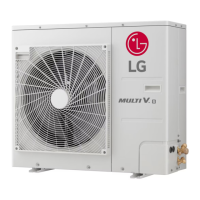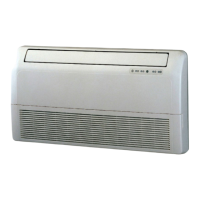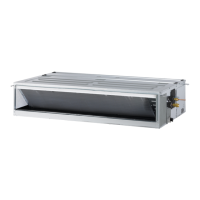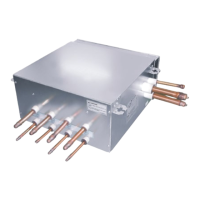43
Refrigerant Piping Connections
Due to our policy of continuous product innovation, some specifications may change without notification.
©LG Electronics U.S.A., Inc., Englewood Cliffs, NJ. All rights reserved. “LG” is a registered trademark of LG Corp.
$OZD\VSURSHUO\LQVXODWHWKHSLSLQJ,QVXI¿FLHQWLQVXODWLRQZLOOUHVXOWLQFRQGHQVDWLRQUHGXFHGKHDWLQJFRROLQJSHUIRUPDQFHHWF$OVRLIWKH
SLSHVDUHQWLQVXODWHGSURSHUO\FRQGHQVDWLRQFRXOGSRWHQWLDOO\FDXVHGDPDJHWREXLOGLQJ¿QLVKHV3D\VSHFLDODWWHQWLRQWRLQVXODWLQJWKHSLSHV
installed in the ceiling plenum.
Surface of
Indoor Unit Casing
Field-Provided
Pipe Insulation
Figure 44: Typical Pipe Insulation, Power Wire and
Communications Cable Arrangement
Figure 45: Typical Insulation Butt-
Joint at Indoor Unit Casing
Figure 46: Typical Refrigerant
Flare Fitting Insulation Detail
• Do not insulate gas and liquid pipes together as this can
UHVXOW LQ SLSH OHDNDJHDQG PDOIXQFWLRQ GXH WR H[WUHPH
temperature fluctuations.
• Be sure to fully insulate the piping connections.
Refrigerant Piping System Insulation
All refrigerant piping from the outdoor unit to the indoor units must be insulated correctly for safety and usage. Y-branch connections, Head-
ers, refrigerant piping, field-provided isolation ball valves (if present), service valves, and elbows must be properly and completely insulated
using closed cell pipe insulation (up to the indoor unit piping connections). To prevent heat loss / heat gain through the refrigerant piping, all
UHIULJHUDQWSLSLQJLQFOXGLQJOLTXLGOLQHVDQGYDSRUOLQHVVKDOOEHLQVXODWHGVHSDUDWHO\,QVXODWLRQVKDOOEHDPLQLPXPƎWKLFNDQGWKLFNQHVV
may need to be increased based on ambient conditions and local codes. Table on the next page lists minimum wall thickness requirements
IRU(WK\OHQH3URS\OHQH'LHQH0HWK\OHQH(3'0LQVXODWLRQ
Inside the outdoor unit, maximum pipe temperature is 248°F and minimum pipe temperature is -40°F. For field insulation of refrigerant piping
between outdoor units and indoor units, consider the following pipe temperature ranges for an operating heat pump system:
• Heating mode refrigerant temperature ranges: Liquid 75-118°F; High Pressure Vapor 95-220°F
• Cooling mode refrigerant temperature ranges: Liquid 75-118°F; Low Pressure Vapor 40-90°F
Vapor Line
Liquid Line
Min. 18 Gauge
Cable
Power/Communication
Pi
e Sleeve
Insulation Material
Insulation
Material
REFRIGERANT PIPING CONNECTIONS
Refrigerant Piping Insulation
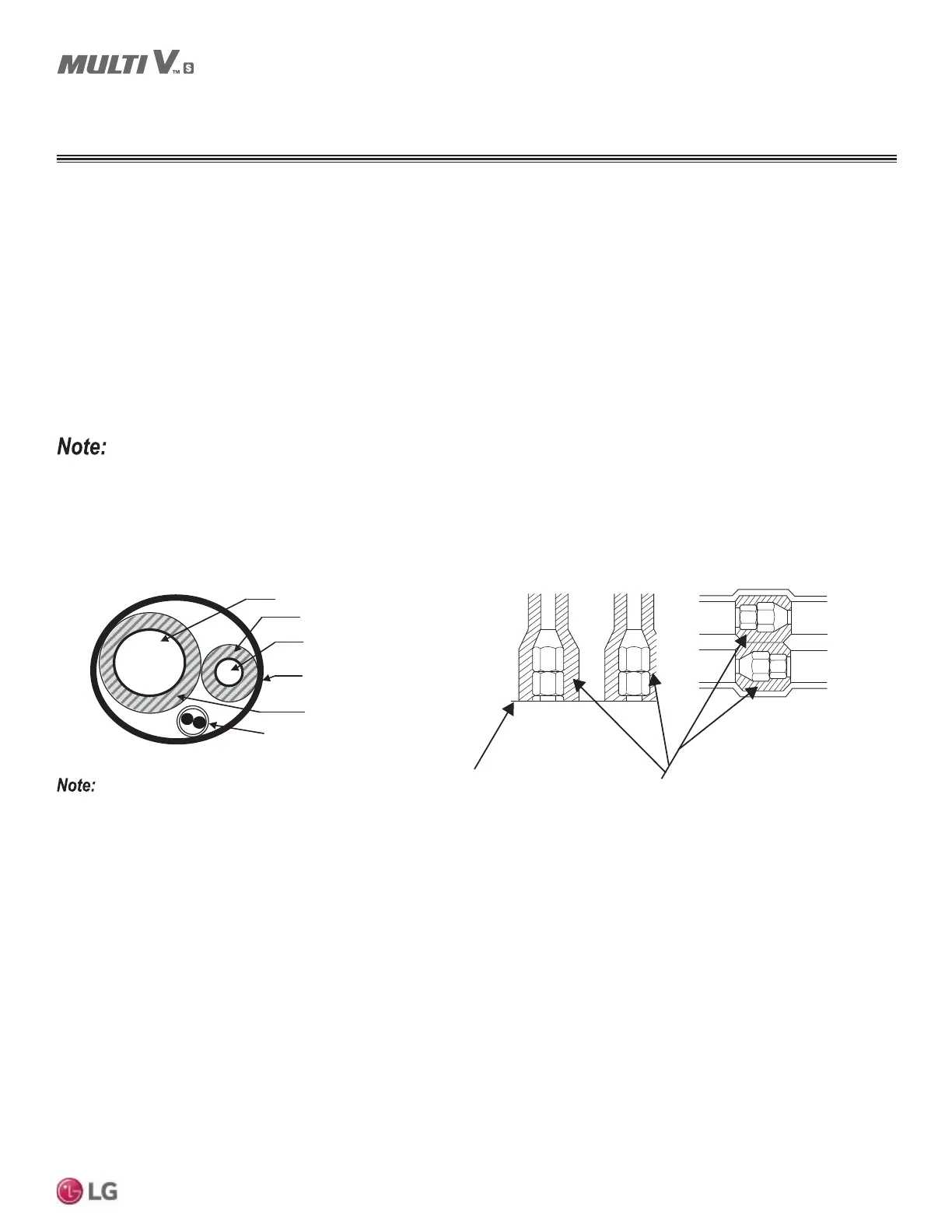